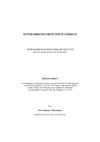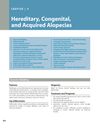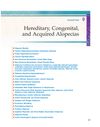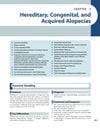Pituitary-Dependent Hyperadrenocorticism in a Shi Tzu Dog Treated with Twice-Daily Oral Trilostane: A Case Report
October 2012
in “
Semina. Ciências Agrárias
”
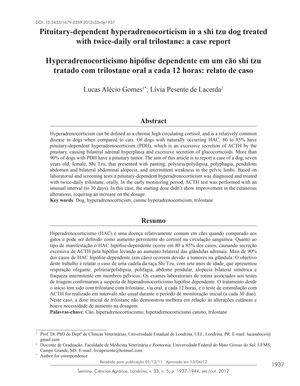
TLDR A Shi Tzu dog with high cortisol levels improved after increasing the dose of trilostane.
This case report described a 7-year-old Shi Tzu dog diagnosed with pituitary-dependent hyperadrenocorticism (HAC), a condition characterized by persistent elevated cortisol levels, which is common in dogs. The dog exhibited symptoms such as panting, polyuria/polydipsia, polyphagia, pendulous abdomen, bilateral symmetrical alopecia, and intermittent pelvic limb weakness. Routine laboratory tests and screening confirmed the diagnosis. The treatment involved twice-daily oral administration of trilostane, with ACTH stimulation tests conducted every 30 days. Initially, the trilostane dosage did not improve the skin conditions, necessitating an increase in dosage.
